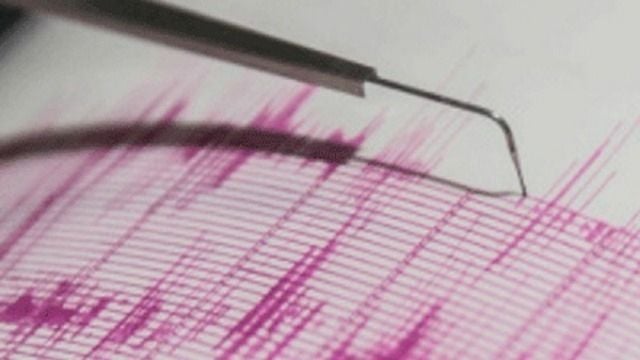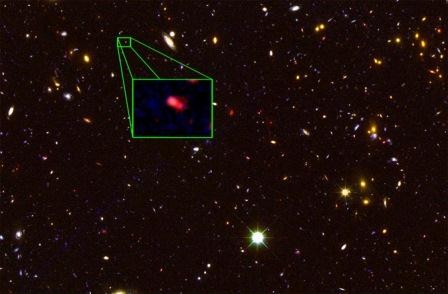


EU condemns US travel restrictions on five Europeans

Azerbaijan yet to decide on involvement in Gaza

Russia unlikely to accept key territorial clauses- analyst

Armenia denies reports of Azerbaijani shelling in Nakhchivan

Japan allocates $53 million in aid to Syria

Macron criticizes US visa restrictions on EU officials

Moscow to shape Ukraine stance after Miami talks

Erdogan: Israel blocking humanitarian aid to Gaza

Moldovan president congratulates Aliyev on birthday

Forbes names world’s most valuable sports clubs for 2025
.jpg)
Azerbaijan’s defense minister offers condolences to Libya

President Aliyev to visit Kyrgyzstan

Aghdam to receive 1,164 families in early 2026

Fidan meets Hamas officials to discuss Gaza ceasefire

Russia updates figures on Ukrainian losses on day 1400

Southeastern Taiwan shaken by 6.1 magnitude quake

Israel says it killed Hamas financial officer in Gaza

Russia and China pledge support for Venezuela

Weather forecast for December 25

Putin and Aliyev hold warm phone call, Kremlin says

Russia air defenses shoot down 172 Ukrainian drones

Erdogan made a phone call to Ilham Aliyev

Isaac Herzog made a phone call to Ilham Aliyev

Russian missile strikes near Kharkiv kill one, injure 11

NSW passes tough anti-protest, gun laws after Bondi attack

Pope Leo saddened by Russia rejecting truce calls

Venezuela passes bill criminalizing oil tanker seizures

Turkish president offers condolences to Libya’s premier














